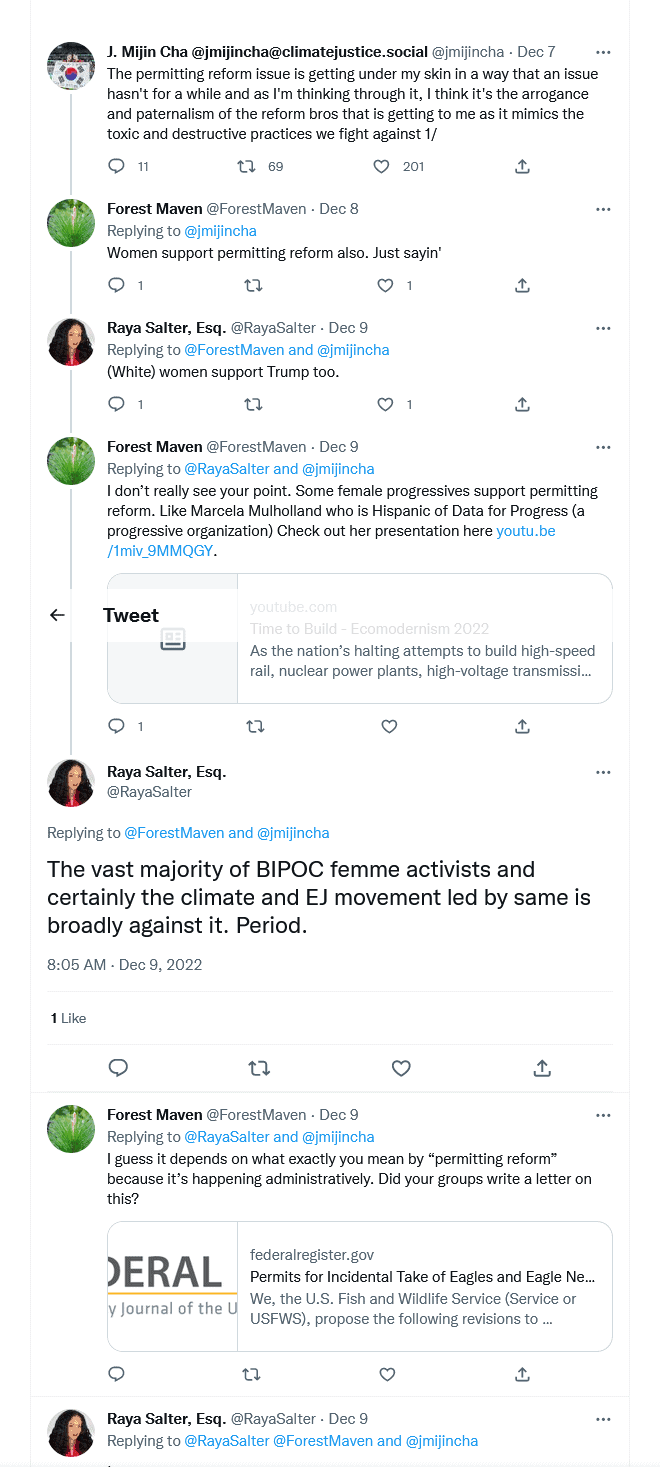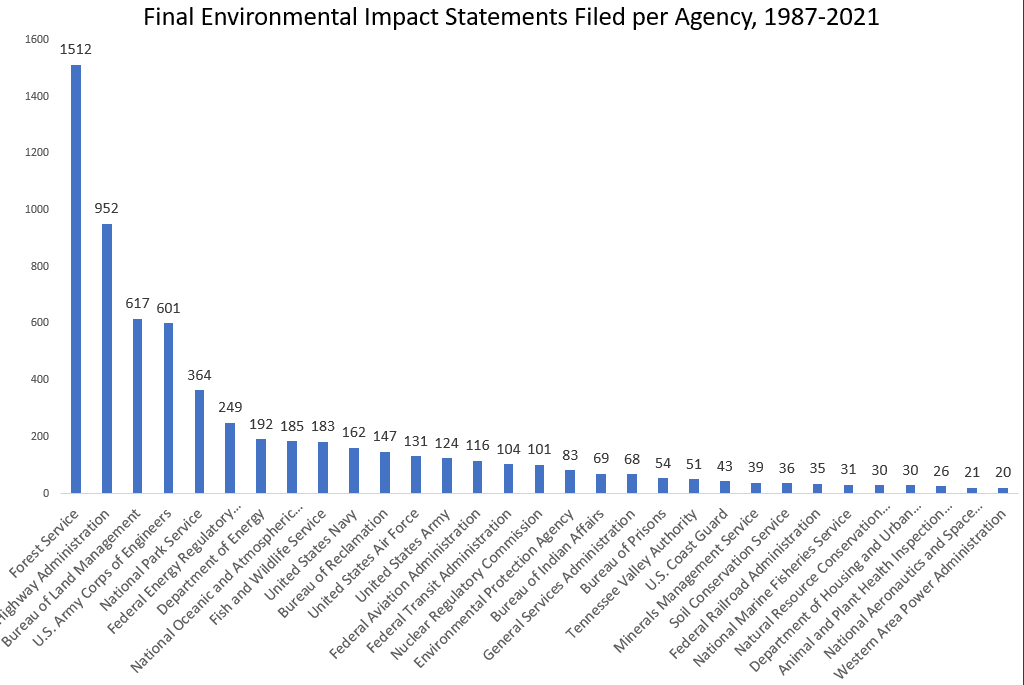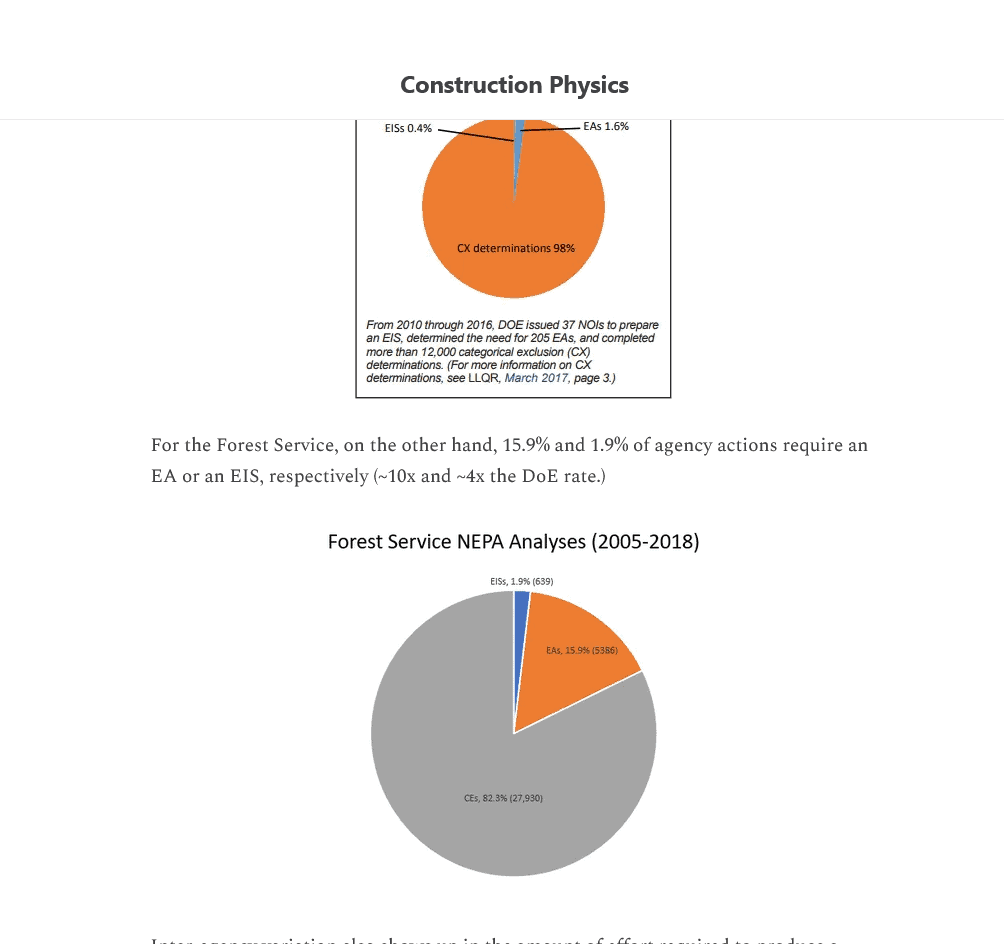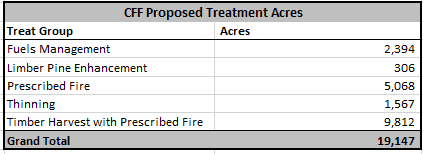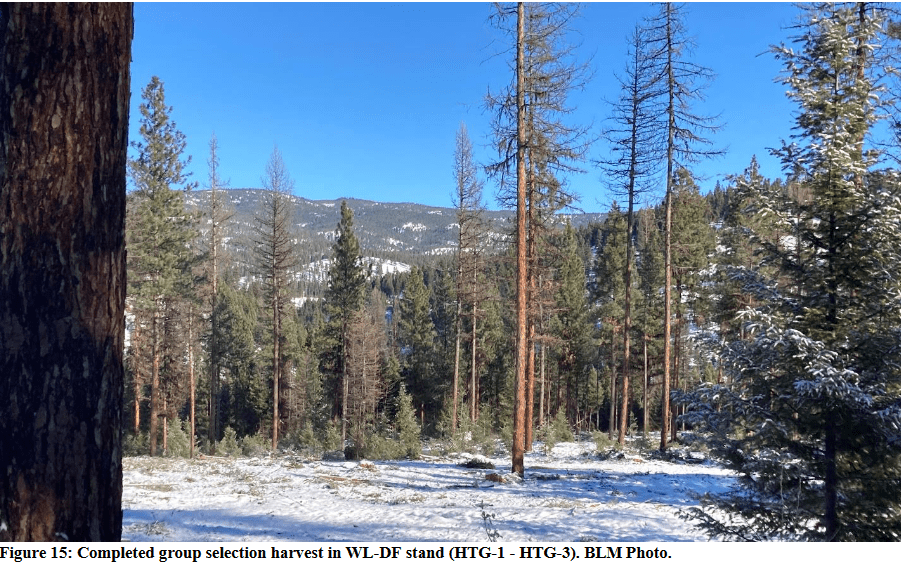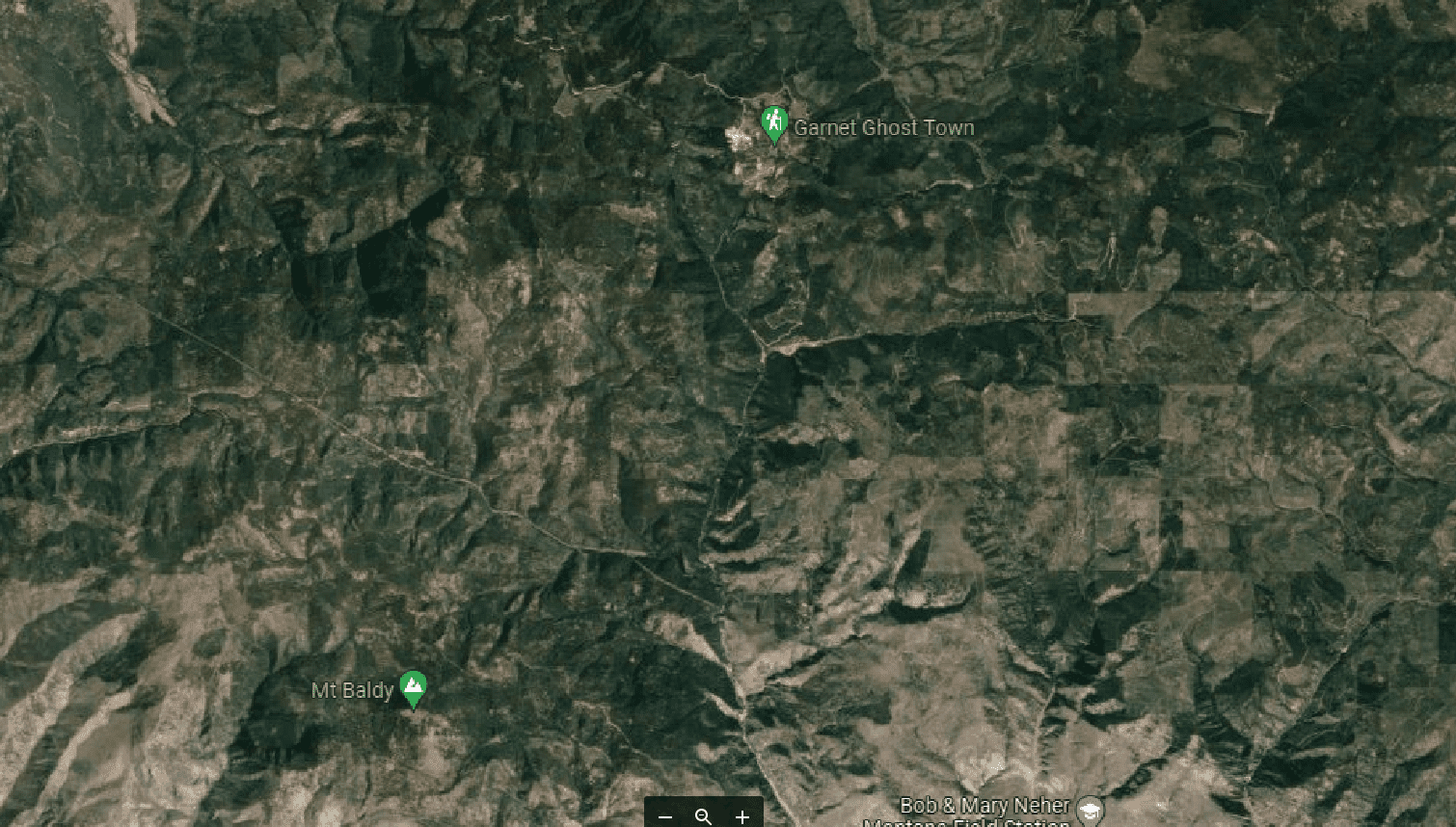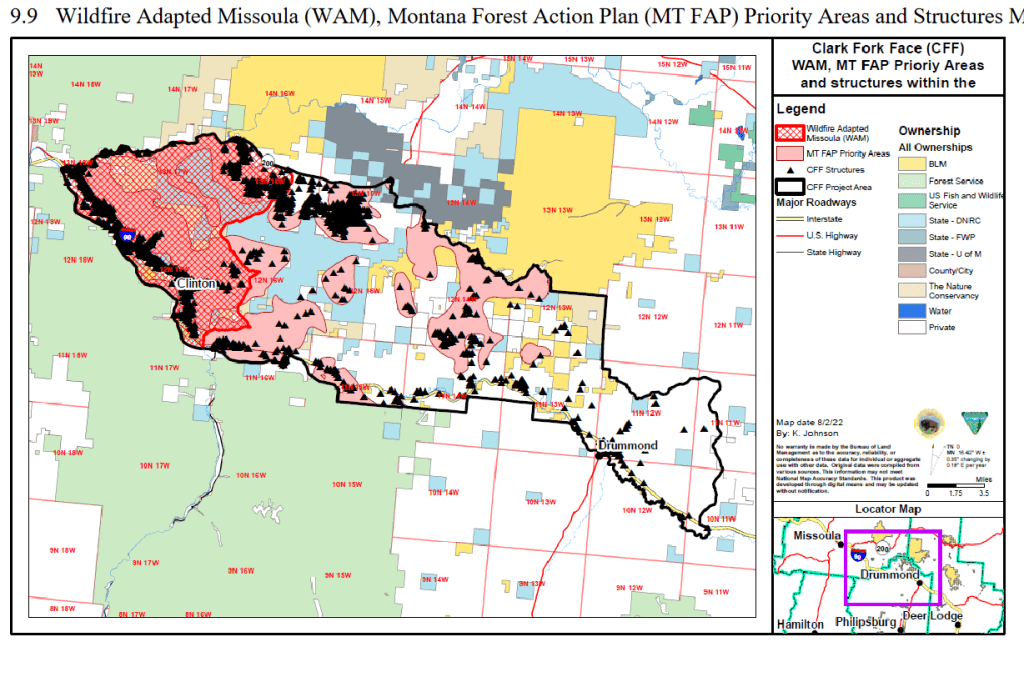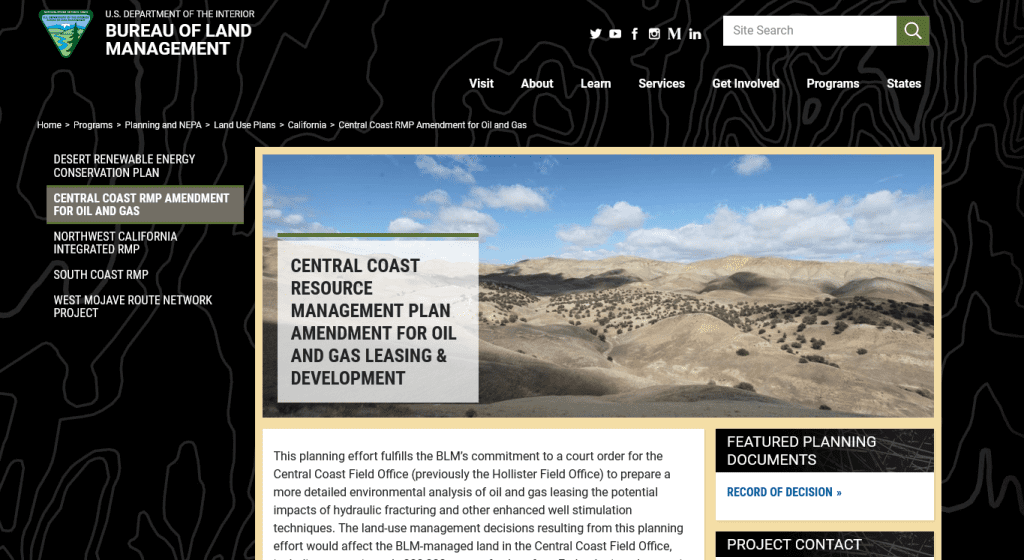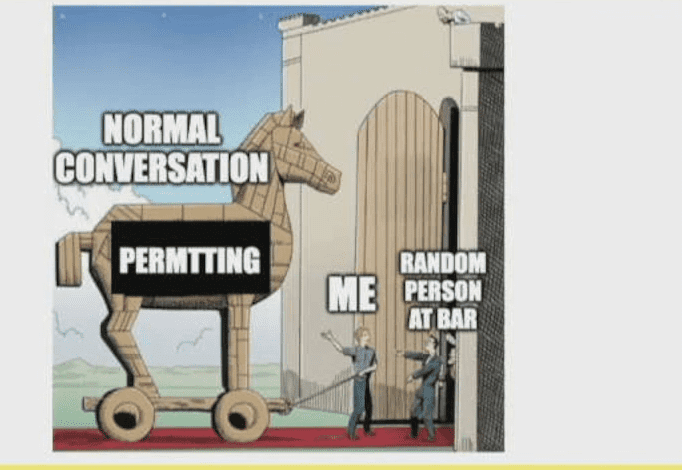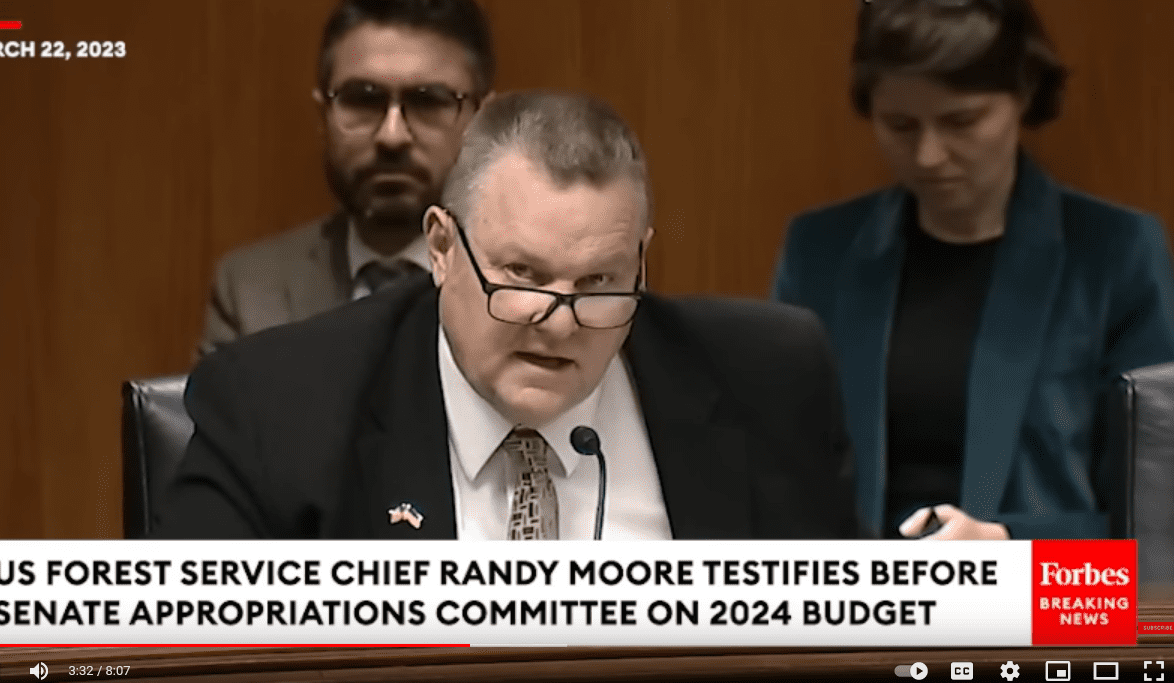
I was intrigued by the Senate hearing where Senator Tester of Montana grills Chief Randy Moore here. Yay! someone talking about FS categorical exclusions! On Youtube!.
We already have discussed the Holland Lake Project (which Senator Tester didn’t mention by name) here and here.
Senator Tester seemed to think that the fuels CE he had voted on had been used for recreation. Around 1 minute.
Hopefully his staff knew more but.. why would they allow him to say something that’s obviously out to lunch?
Tester states that a corporation will come in (to this recreation site) with “potentially devastating impacts”, and “no public input.”
As Randy answers, CEs in the FS don’t mean “no public input”- there is required scoping. Yay, Randy! Scoping is public input.
As to “no public comment” here’s the scoping letter:
The full public scoping package can be found on the Holland Lake Lodge Expansion project webpage at: https://www.fs.usda.gov/project/?project=61746.
The Flathead National Forest will be hosting a public meeting about the Holland Lake Lodge Facility Expansion Project on Thursday September 8th, 2022, from 5:00-7:00 pm MST on the Holland Lake Lodge grounds at 1947 Holland Lake Lodge Rd, Condon, MT 59826. The purpose for this public meeting is to engage in information sharing with the public on project activities and to answer questions.
Comments received in response to this solicitation, including names and addresses of those who comment, will be considered part of the public record and will be available for public review. Electronic comments must be submit- ted through the project webpage at https://www.fs.usda.gov/project/?project=61746. On the right side of the project webpage there is a box “Get Connected” click on the ‘Comment/Object on Project’ link to submit your comment. The sender should receive an automated electronic acknowledgment from the agency as confirmation of receipt. If the sender does not receive an automated acknowledgment for receipt of comments, it is the sender’s responsibility to ensure timely receipt by other means. Acceptable formats for electronic submission are text or
html email, Adobe portable document format (PDF), and formats viewable in Microsoft Office applications (e.g., Word). Please address your written comments to Project Leader Shelli Mavor, Swan Lake Ranger District, 200 Ranger Station Road, MT 59911. The office business hours for those submitting hand-delivered comments are 8:00 a.m. to 4:30 p.m., Monday through Friday, excluding holidays.
**************
“The CE was meant for cutting trees, not for recreational purposes.” That’s not the CE that was used, so, well, that’s a false statement.
For the curious, it wasn’t a legislated CE. According to this article:
Recreation Site and Administrative Site CEs, 36 CFR §§ 220.6(e)(21) and (22)
These two new CEs allow for construction, reconstruction, decommissioning, relocation, or disposal of buildings, infrastructure, or other improvements at recreation or administrative sites. The Forest Service foresees using these CEs to help restore its aging infrastructure at various administrative and recreational facilities, as well as allowing it to establish agency procedures for facility master planning.
For me, as we’ve discussed before, if a category fits, use it unless there are extraordinary circumstances as defined in the regs. And Jon well represented another point of view.
Here is what the Flathead folks said in their scoping letter:
Based on a preliminary assessment, intentions are to categorically exclude the proposed project from documentation in an environmental impact statement or an environmental assessment under 36 CFR 220.6(e)(22): Construction, reconstruction, decommissioning, or disposal of buildings, infrastructure, or improvements at an existing recreation site, including infrastructure or improvements that are adjacent or connected to an existing recreation site and provide access or utilities for that site.
I’ll restate.. “based on a preliminary assessment, intentions are..”. In my experience in other Regions, this would have been met with “don’t use a CE” and “we think it’s overbuilding”, not the level of outrage that this forest seems to have received.
Tester framed it as making corporations rich.. but on the other hand, no one is required to stay or eat there, so they must be providing a useful service to individuals and families. In fact, Tester started out in his statement with how important the recreation economy is to the State of Montana. Hopefully none of those folks are growing rich :).
The actions of the career feds.. er.. “Gives government a bad name,” according to Senator Tester. Actually, having watched some recent Congressional hearings, I would give Congress an 90/100 for “giving government a bad name”, and the Flathead a 0/100.
*********
Most irritating to me, Senator Tester even implied that the reason for the use of the CE was to sneak by and cut a deal with corporations.
It’s not really clear what kind of benefits would accrue to the employees of the Forest by “cutting a deal”. In my experience, when deals are cut, it’s at a much higher level than the Forest, even than the Chief.
I did get a laugh out of his next statement -“the government should never be cutting a deal”.
Indeed, folks in the Executive Branch cuts deals for corporations all the time- and indeed “make corporations rich off our public lands.” Here’s an example:
The Biden administration said on Wednesday it would cut in half the amount it charges companies to build wind and solar projects on federal lands, a move designed to encourage development of renewable energy.
The new policy comes after years of lobbying from clean power developers who argued that lease rates and fees for facilities on federal lands were too high to draw investment
It’s not clear from the newspaper articles if there was public comment on this change.
**********************
Anyway, I can hear it now, why pick on this guy? They all bloviate- it’s in the job description. Yes, I agree, but I’d like them all to be less casual with facts. And not punch down. Yes, it’s too much to ask, but I can still ask. Accountability- not just for agencies anymore.


